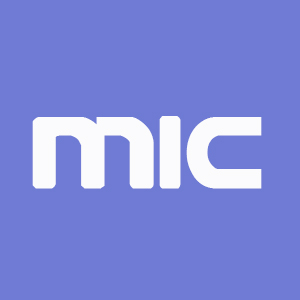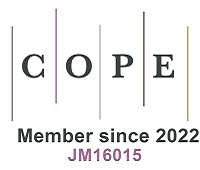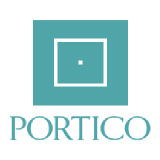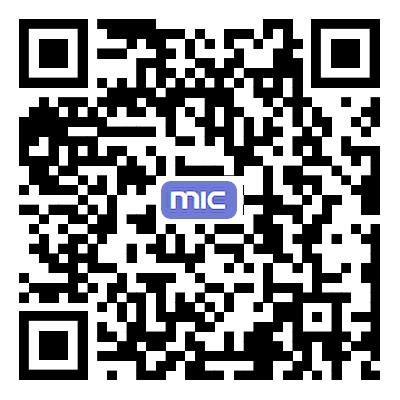Research Article | Open Access
Shape memory of bcc structured high-entropy-alloy nanowires during room temperature deformation
Views: 75
Microstructures 2025;5:[Accepted].
Author Information
Article Notes
Cite This Article
Abstract
The deformation mechanism of body-centered cubic (bcc) structured high-entropy alloys (HEAs) has been the subject of considerable research interest. Although a considerable number of studies have been conducted, the majority have focused on relatively large HEAs. As the size of bcc structured HEAs decreases to the nanometer scale, the manner in which they accommodate plastic deformation remains unclear. In this study, we employed molecular dynamics (MD) simulations to investigate the mechanical behavior of HfNbTaTiZr HEA nanowires during tensile loading and unloading. The results demonstrated that the plastic deformation of HEA nanowires was governed by a transition from the bcc phase to the hexagonal close-packed (hcp) phase. This contrasts with previous studies that attributed the deformation to screw dislocation activities. The bcc-hcp phase transition was found to occur via Bain strain, which involves lattice distortion and atomic rearrangement, ultimately resulting in the formation of the hcp phase. Notably, this bcc-hcp phase transition was reversible upon unloading, demonstrating a shape memory effect. This phase transition and its recoverable nature at room temperature were rarely reported in bcc structured HEAs. Our findings provide a comprehensive understanding of the deformation mechanisms of nano-sized HEAs.
Keywords
High-entropy-alloy, phase transition, molecular dynamics simulation, nanowires, reversible
Cite This Article
Wang Z, Li S, Lian H, Zhao Y, Li Z, Zhai Y, Long H, Wang L, Han X. Shape memory of bcc structured high-entropy-alloy nanowires during room temperature deformation. Microstructures 2025;5:[Accept]. http://dx.doi.org/10.20517/microstructures.2024.130
Copyright
© The Author(s) 2025. Open Access This article is licensed under a Creative Commons Attribution 4.0 International License (https://creativecommons.org/licenses/by/4.0/), which permits unrestricted use, sharing, adaptation, distribution and reproduction in any medium or format, for any purpose, even commercially, as long as you give appropriate credit to the original author(s) and the source, provide a link to the Creative Commons license, and indicate if changes were made.













